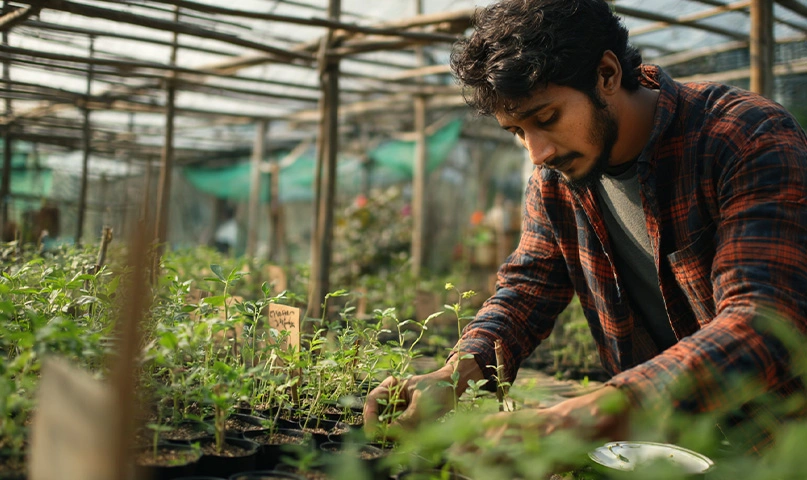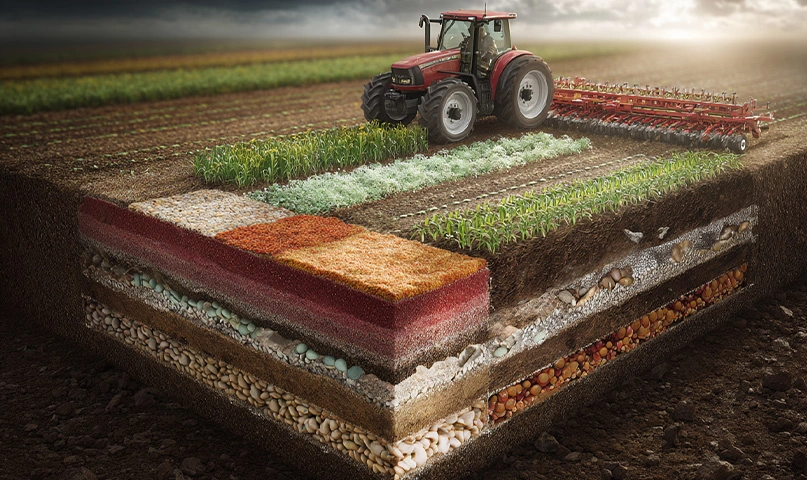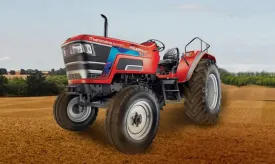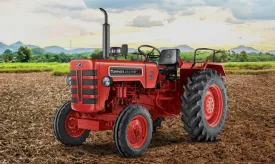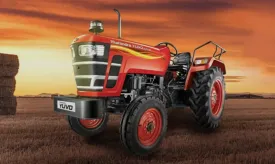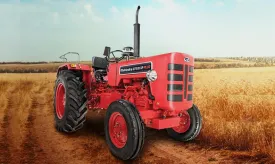Why the Multi-Crop Planter Is a Must-Have for Smart Farming
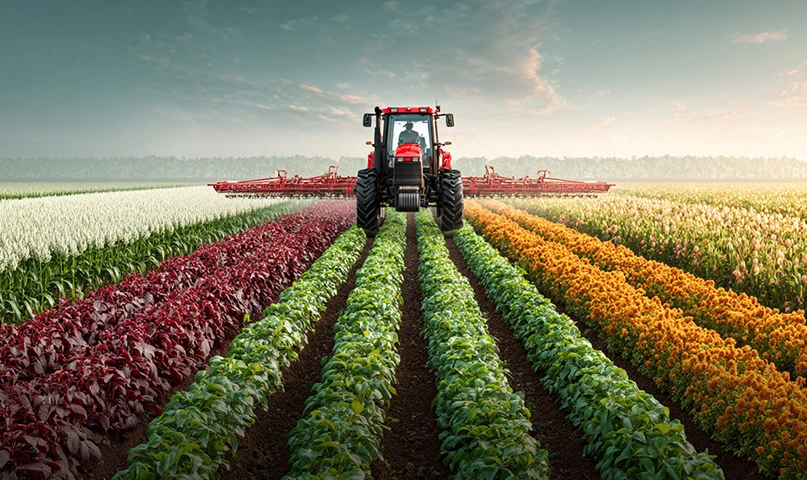
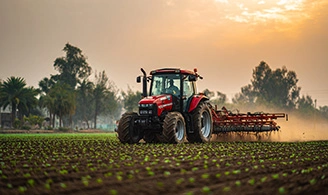
In the era of precision agriculture and sustainable resource management, modern farmers are moving beyond traditional methods to embrace smarter, more efficient tools. One such revolutionary implement that is transforming sowing practices across farms in India is the multi-crop planter.
Designed to sow different seeds with high precision, minimal effort, and optimal spacing, the multi-crop planter is quickly becoming a must-have for any smart farmer aiming to boost productivity, cut labour costs, and make the most of every inch of their land.
What is a multi-crop planter?
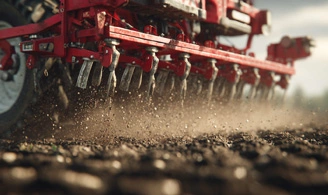
A multi-crop planter is a tractor-mounted implement used to plant seeds of various crops—such as maize, soybean, cotton, groundnut, pulses, sunflower, and more—with uniform depth, spacing, and alignment. Unlike single-crop seeders, these versatile machines are designed to handle multiple seed types and planting patterns with minimal reconfiguration.
They offer mechanical or pneumatic seed delivery and often include fertilizer application, making them a one-pass solution for sowing and initial soil nutrition.
Why every smart farmer needs one
1. Precision planting increases yield
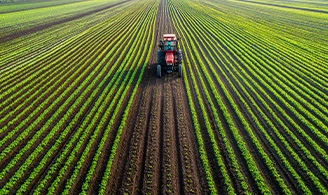
Smart farming is about maximizing output with fewer resources. Multi-crop planters ensure:
- Uniform seed spacing and depth
- Improved germination rates
- Stronger, more uniform crop stands
This leads to higher yields and better crop quality across seasons.
2. Time and labour savings
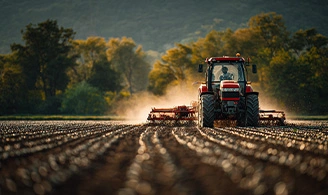
Manual sowing is labour-intensive, slow, and inconsistent. A multi-crop planter:
- Covers larger areas in less time
- Reduces labour dependency during peak seasons
- Accelerates the sowing window, which is critical for rain-fed crops
3. Versatility for all seasons
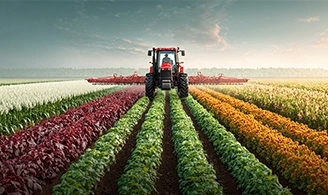
Whether it’s kharif, rabi, or zaid, a multi-crop planter adapts to various crops with simple adjustments. This makes it ideal for:
- Crop rotation
- Diversified farming
- Intercropping and mixed cropping systems
- Seeds (reduced wastage)
- Fertilizers (precise application)
- Diesel and labour
- Less soil disturbance
- Efficient nutrient use
- Reduced weed growth
- Better water absorption
- Adjustable row spacing (to suit different crop requirements)
- Variable seed metering systems (fluted roller, pneumatic, or cup-type)
- Fertilizer compartments
- Depth control wheels for uniform planting
- Compatibility with 35–60 HP tractors
- Increase in germination success
- Reduction in labour cost during sowing
- Improved crop uniformity, leading to better pest control and ease in mechanical harvesting
- Plan smarter
- Plant with precision
- Save time, money, and effort
- Ensure consistent results across seasons
4. Input cost optimization
The machine ensures optimal use of:
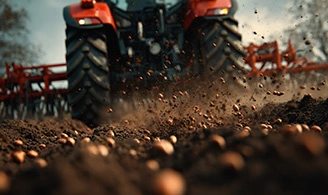
This results in better returns on investment (ROI) per acre.
5. Supports sustainable farming
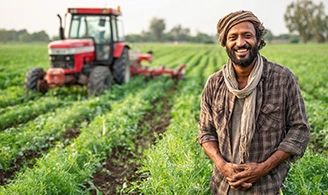
Precision sowing means:
All these contribute to sustainable soil health and lower environmental impact.
Key features to look for
When choosing a multi-crop planter, ensure it offers:
Real-world impact:
In Nanded, Maharashtra, progressive cotton and soybean farmers who switched to using a multi-crop planter and reported:
Conclusion: Farming smarter, not harder
The multi-crop planter is more than a machine—it's a strategic tool for the future of farming. It empowers farmers to:
As climate, labour, and input costs fluctuate, the multi-crop planter offers stability and scalability—two things every modern farmer needs to succeed.
Are you ready to upgrade your farm?
Visit your local Mahindra dealership or agri-implement provider to explore the right multi-crop planter for your land and crops.









